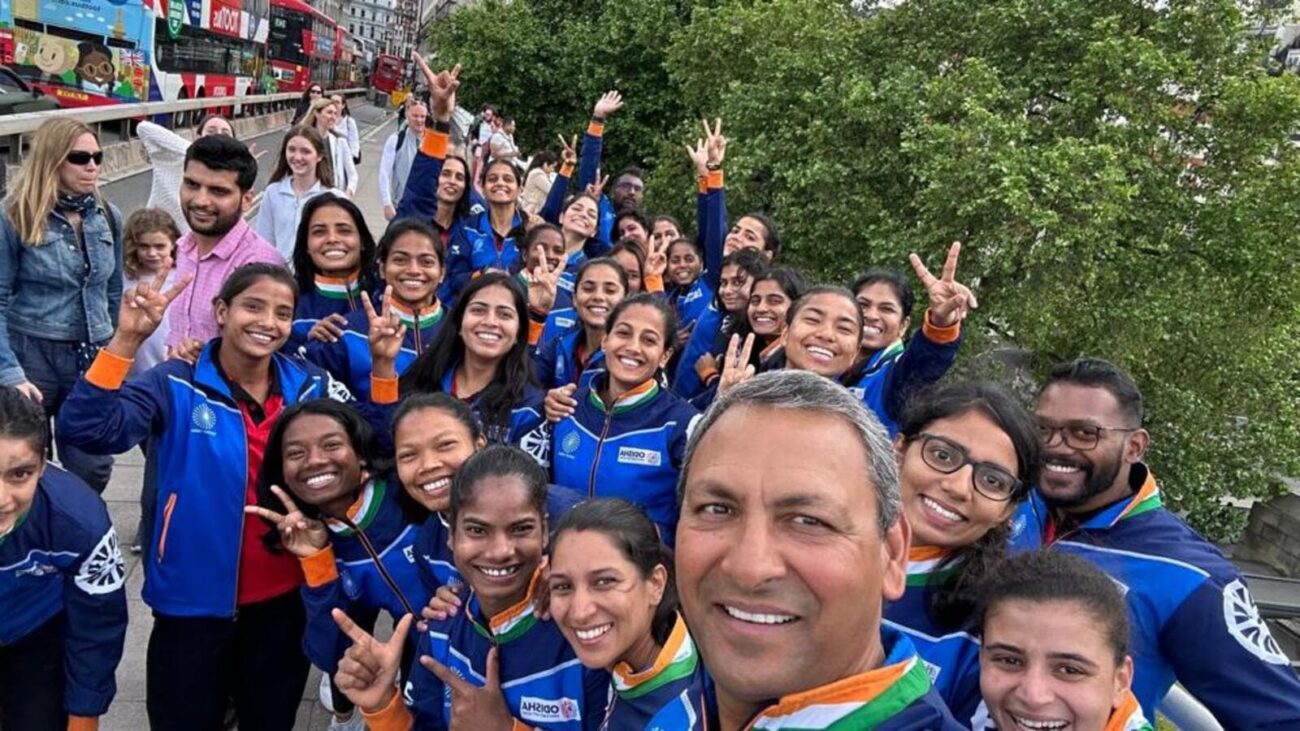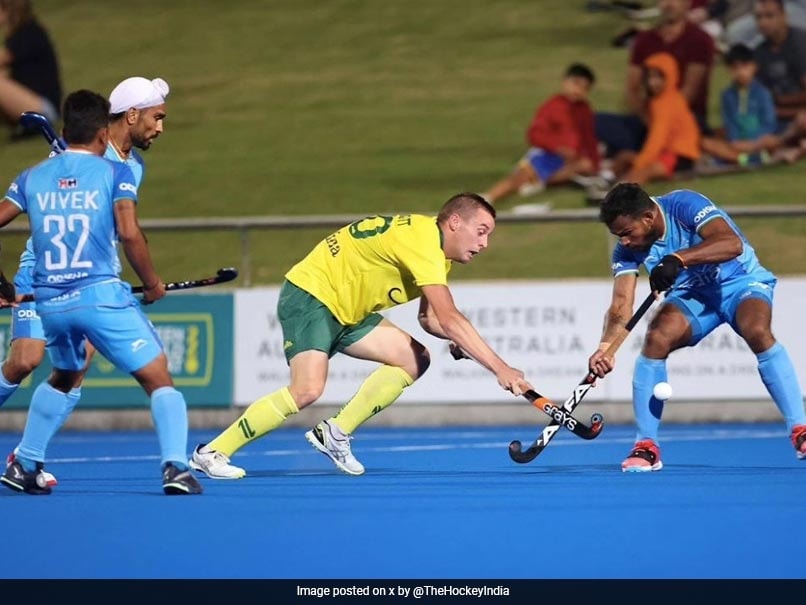Harendra Singh Embarks on Rebuilding Mission for Indian Women’s Hockey Team
Harendra Singh, the Dronacharya awardee, has returned as the chief coach of the Indian women’s hockey team with the daunting task of rebuilding the squad after their failure to qualify for the Paris Olympics. In an exclusive interview, Singh discusses the team’s progress, areas of improvement, and his long-term vision for the team.
Upon his return, Singh quickly assessed the team’s strengths and weaknesses. He identified fitness as a major concern, noting that the players lacked the endurance to sustain high-intensity play for 60 minutes. Additionally, he emphasized the need to strengthen the team’s penalty corner (PC) defense and attack.
“PC conversion and PC defending are crucial for winning medals in the Olympics,” Singh said. “We have good players, but we need to work on these two areas.”
To address these issues, Singh is working with a group of players to develop their drag-flicking skills. He believes that having a pool of drag-flickers will give India a significant advantage in PC situations.
“We are working on the clearance of indirect passes where we lack and must strengthen,” Singh added. “Secondly, there are 5-6 girls with whom I am working on drag-flick which wasn’t there earlier.”
Singh also highlighted the importance of creating a large pool of players and providing them with opportunities to perform. He cited China’s success at the Paris Olympics as an example of this approach.
“China created a large pool of players and gave every player a platform to perform before the Olympics,” Singh said. “They went to Perth, Spain, and played practice matches against Australian and European teams.”
Singh is optimistic about India’s chances at the upcoming ACT, which will be his first full tournament as coach. He believes it will be an opportunity for the players to regain their confidence and build a strong foundation for the future.
“I am really excited about the ACT,” Singh said. “It is a chance for the players to regain their confidence and regain the trajectory where we want to move towards 2026 and 2028.”



